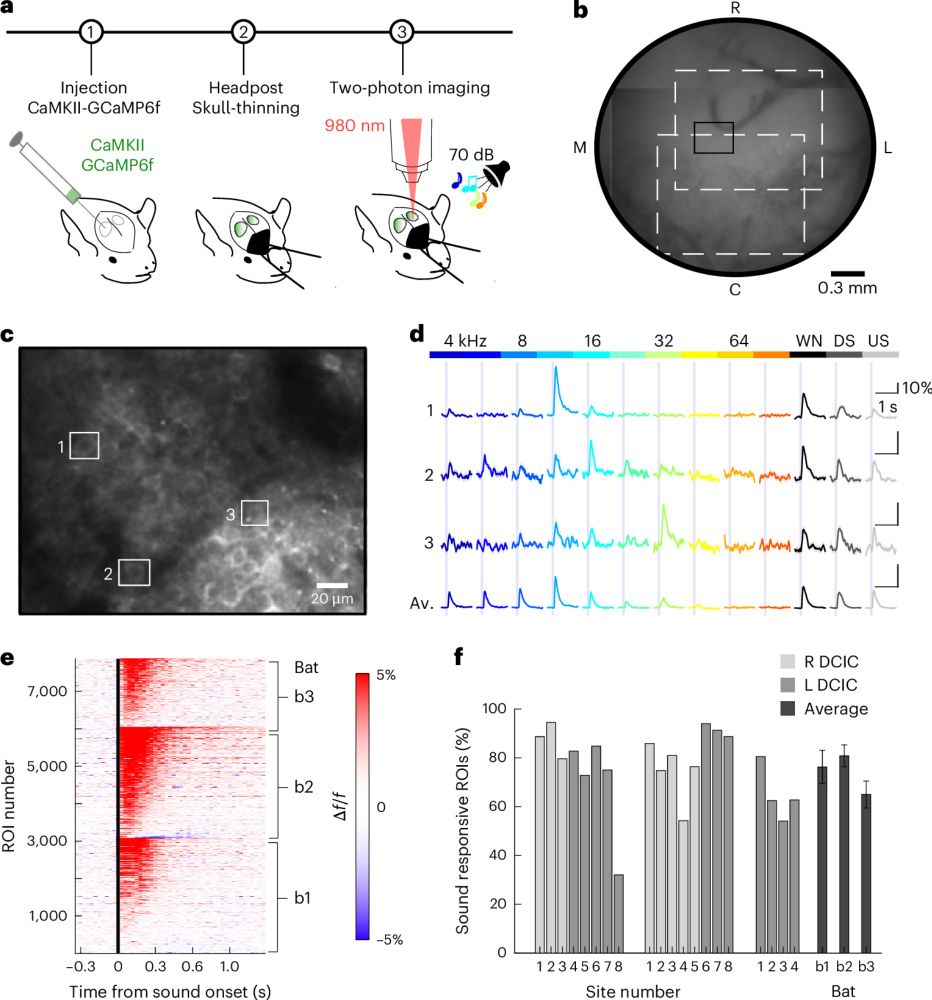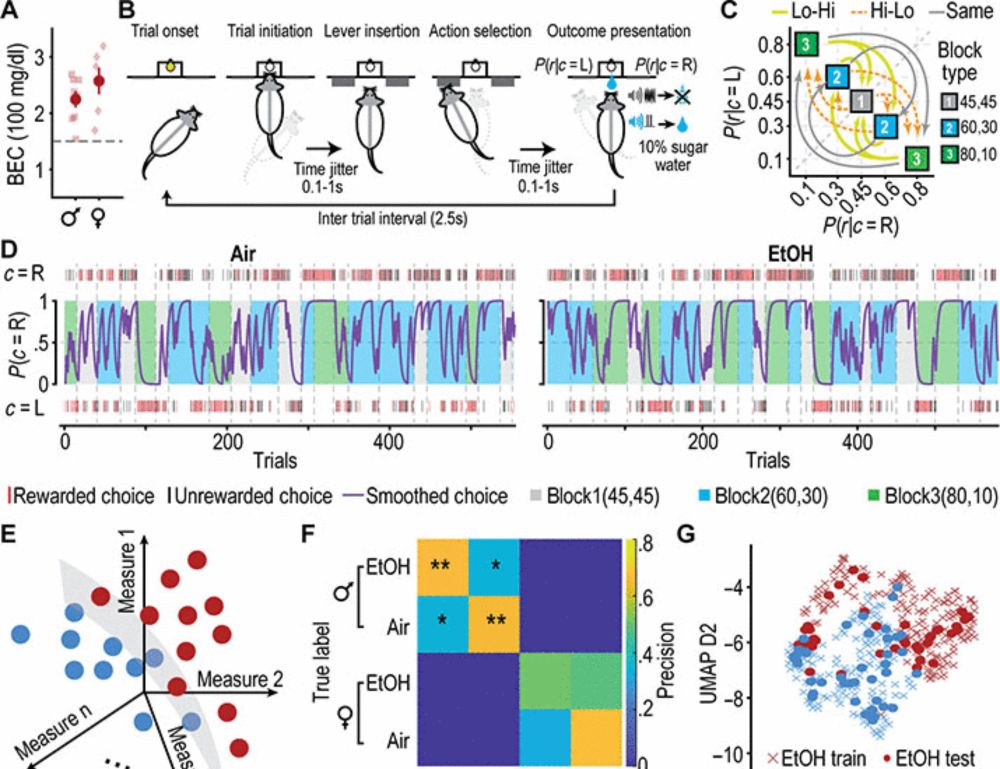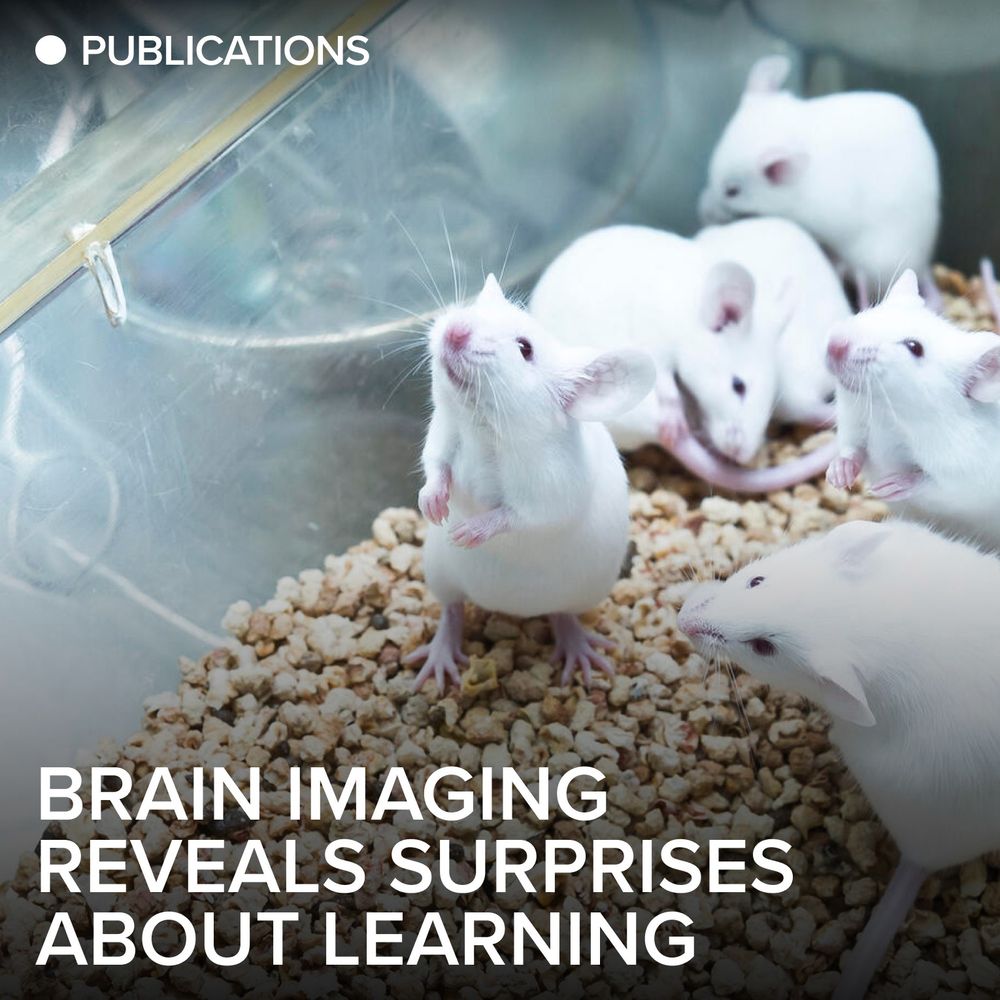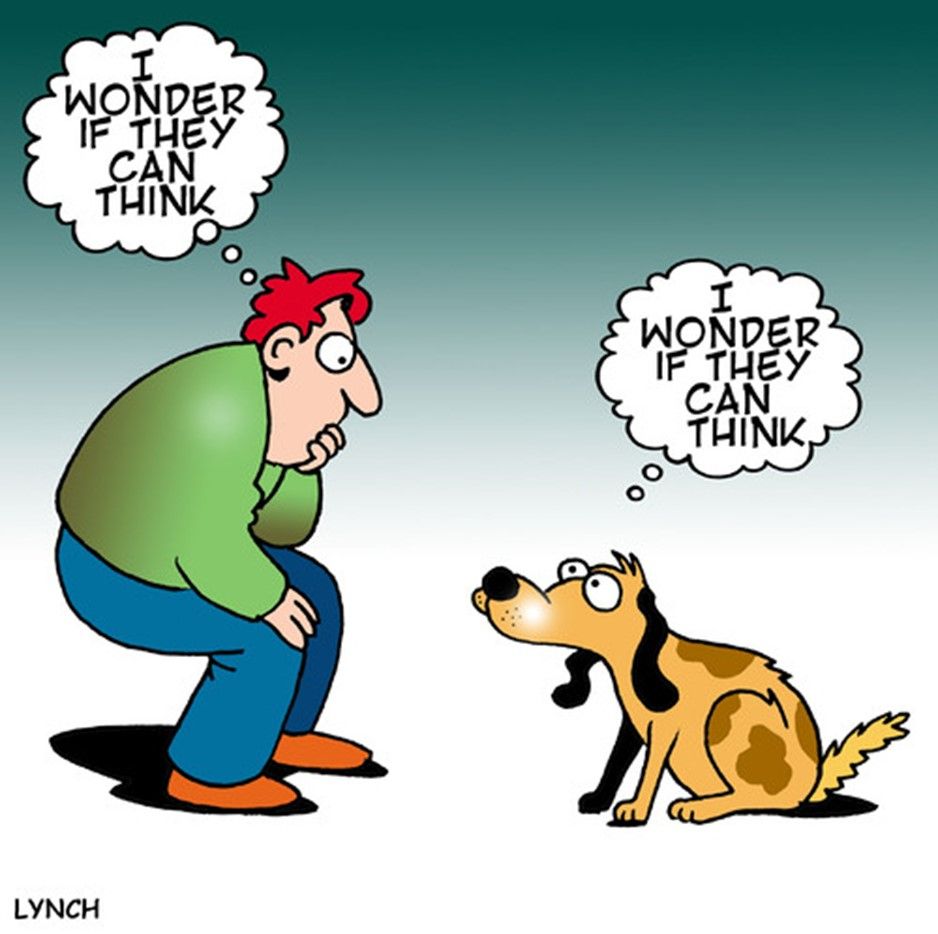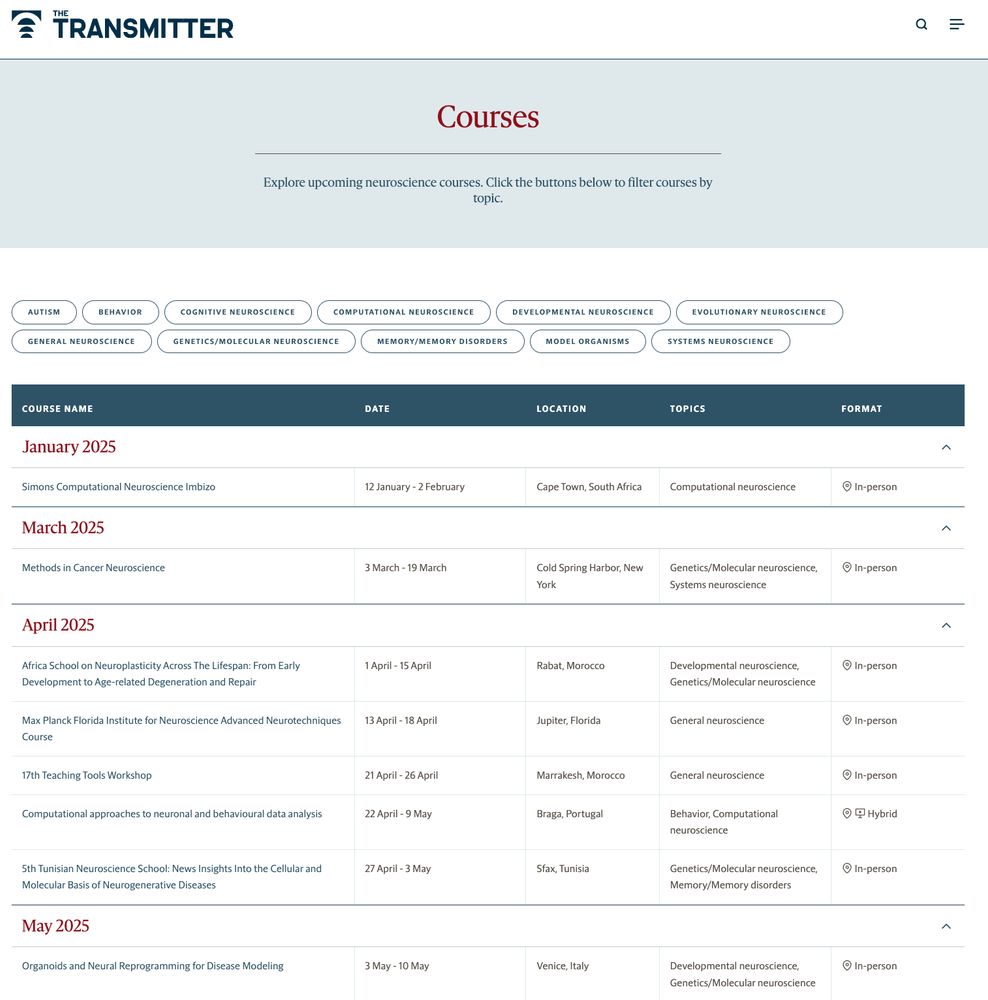Kishore Kuchibhotla
@kishoreneuro.bsky.social
230 followers
58 following
14 posts
You miss 100% of the shots you don’t take - Michael Scott (by way of Wayne Gretzky)
Posts
Media
Videos
Starter Packs
Reposted by Kishore Kuchibhotla
Nature Neuroscience
@natneuro.nature.com
· Apr 15
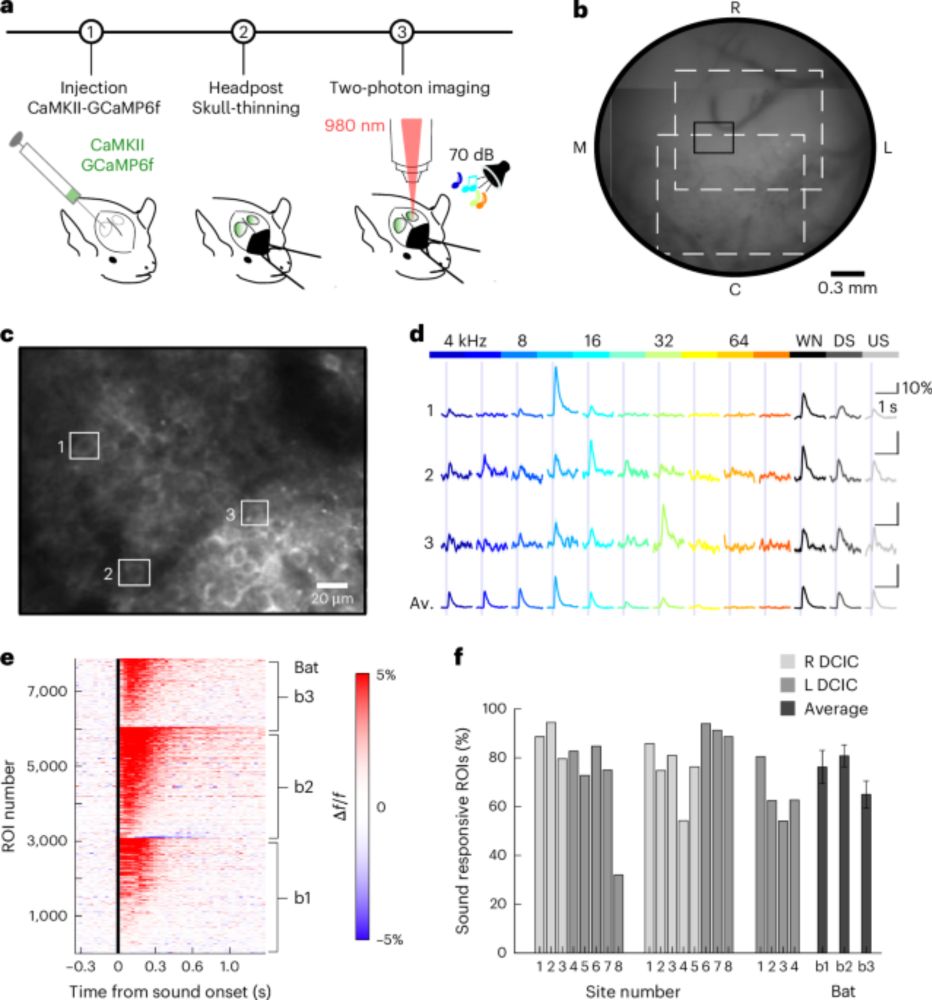
Spatially clustered neurons in the bat midbrain encode vocalization categories - Nature Neuroscience
Using two-photon imaging in awake bats, the authors show that the inferior colliculus encodes vocalization categories as categorical primitives—spatially clustered, category-selective neurons that ena...
www.nature.com
Reposted by Kishore Kuchibhotla
Sharlen Moore
@sharlenmoore.bsky.social
· Apr 14
Reposted by Kishore Kuchibhotla
Reposted by Kishore Kuchibhotla
Nature
@nature.com
· Mar 20

Rapid emergence of latent knowledge in the sensory cortex drives learning - Nature
In mice, learning and performance on an auditory task is driven by higher-order signals in the auditory cortex that are no longer required when the mouse has achieved expert-level performance.
go.nature.com
Reposted by Kishore Kuchibhotla
